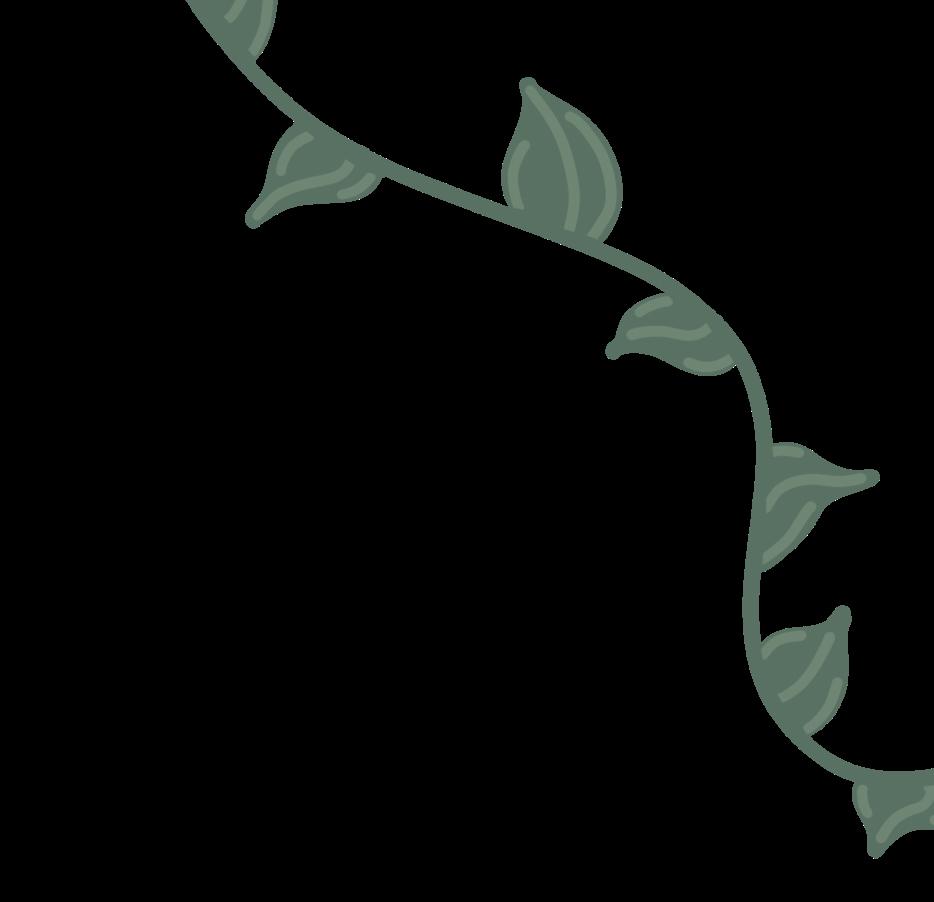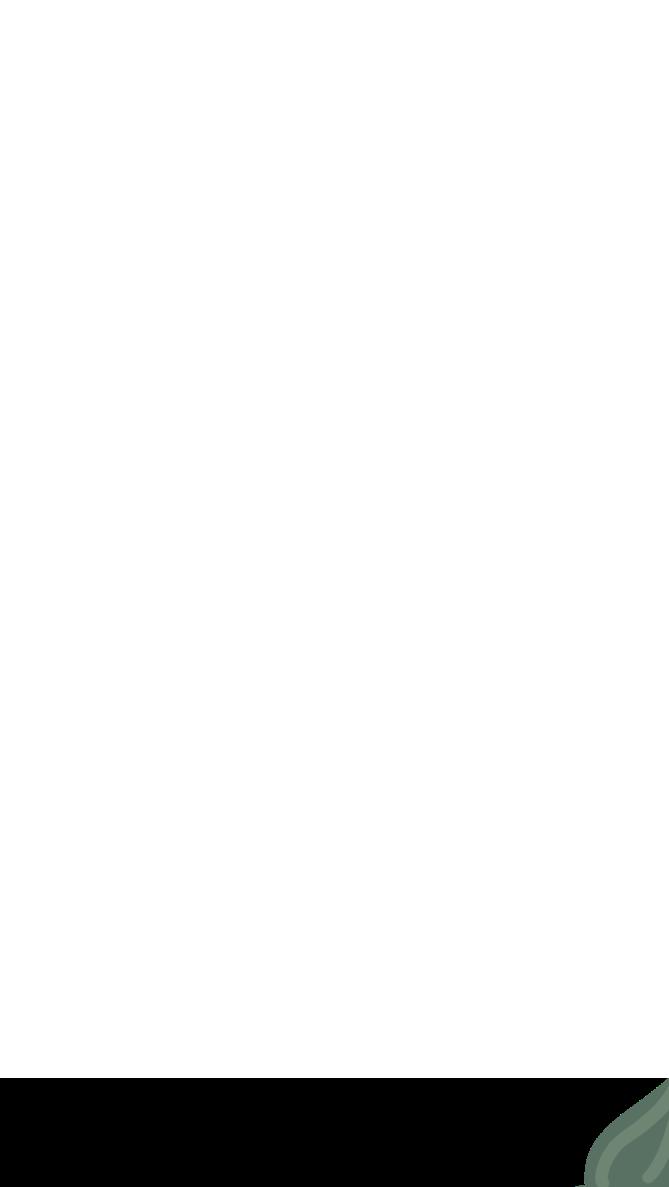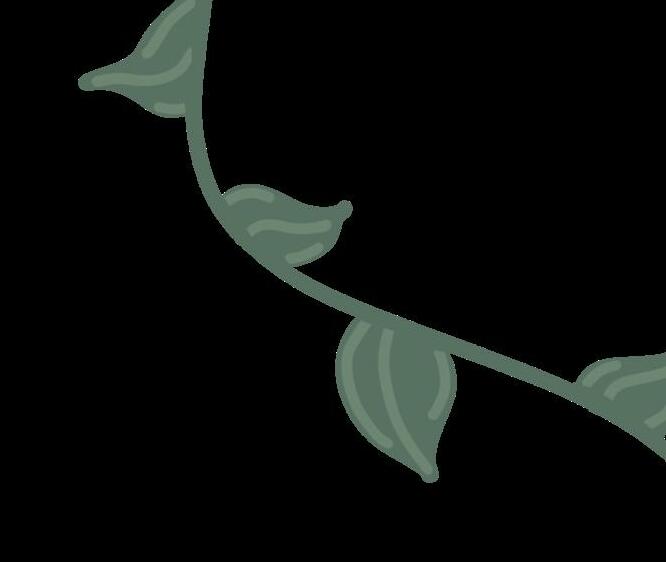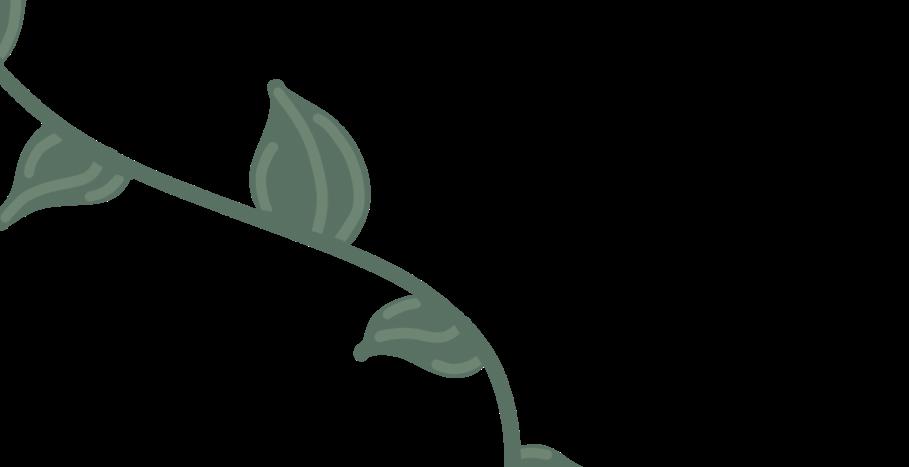
6 minute read
Herbalism
By: Savanna Prasun
Herbs have always played a big role in medicine. With the right care and research, we can use herbs alongside pharmaceuticals today.
Advertisement
Woodworm St Johns Wort’



Herbalism — the traditional use of herbs in healing — has a huge influence on modern-day medicine. Without it, we wouldn’t have the treatments we have today. But herbalism doesn’t have to remain in the past. We can still use these lessons in congruence with pharmaceutical medications and, in fact, there are some serious benefits to doing so. Today’s use of herbs is built on a long history. The Ebers Papyrus, for example, was written around 1550 B.C.E. and translated by Georg Ebers, a German Egyptologist and writer. This 3,500-year-old document details how certain diseases could be treated with herbs. “For the most part the Papyrus Ebers is devoted to the medicinal treatment of diseases, surgical interference being recommended in only about a score of cases,” Ebers explains in his book, “Ancient Egyptian Medicine: Papyrus Ebers.”
Considering how extensive the information is, it’s not surprising that many of these recipes and treatments still exist. “Altogether 811 prescriptions are set forth in the Papyrus, and they take the form of salves, plasters, and poultices; snuffs, inhalations, and gargles; draughts, confections, and pills; fumigations, suppositories, and enemata,” Ebers writes. There are also different sections of the papyrus that cover bodily afflictions. A few hundred years later, between 450 and 400 B.C.E., Hippocrates and others compiled theories on the human body and treatments into a document known as “On Ancient Medicine.” Hippocrates, a Greek physician who is considered the father of medicine, introduced the concept of the “Four Humors,” a theory that would be used for another 2,000 years and impact different forms of medicine, media and philosophy. “The body of man in itself blood, phlegm, yellow bile and black bile; these make up the nature of his body, and through these he feels pain or enjoys health,” Hippocrates writes in his work “On the Nature of Man.”
The Greeks believed that these humors dictated the body’s health, and this idea impacted our understanding of medicine and the human body well into the 17th century. People believed that for the human body to remain in harmony, the humors needed to be harmonious.
When the humors were out of balance, healers could use

Betony Rough Plantain



different herbal treatments to restore the human body’s homeostasis.
Throughout history, the line between medicine and magic often blurred. The Chinese document “The Divine Farmer’s Materia Medica,” also known as the “Shen Nong Ben Cao Jing,” openly mentions the magical characteristics of herbs, as well as how the herbs could be used in medical treatments. According to the preface of the book, “Medicinals should coordinate [with each other] in terms of yin and yang, like mother and child or brothers.” This view also incorporates some religious themes, which guided a lot of these ancient medical practices. The magical and religious characteristics of these herbs — along with their botanical properties — determined the medicinal effects.
“Bald’s Leechbook,” an Old English text that has recipes and instructions on medicinal care, offers more herbal treatments than the documents that came before it. Each chapter details a different ailment and multiple forms of treatment, covering anything from simple aches and pains to treatments for necrosis. For example, the recipe for internal bruising calls for a mixture of wormwood, betony and rough plantain. The recipes are much more guided than in earlier texts, and it was important to follow these directions exactly. This healing book would have been popular amongst physicians and healers.
These aren’t the only texts that offer examples of herbalism, but they helped build the basis for medicine today. The use of herbalism used to be in the realm of village healers (usually, poor women who were considered quacks by the higher classes), but it soon transferred to physicians and doctors and became more and more common. Many people possessed basic knowledge on how to use certain plants. Eventually, herbalism would have been everyday know-how. As herbalism grew, people made more connections between herbs, healing and other “magical” phenomena. Astrology is one magical factor in the use of herbs. Some believe that the stars and planets interact with certain herbs and improve their potency. People have also used the smoke of herbs to cure diseases or even exorcise demons. Additionally, there are a number of herbs that are put into incense. Incense has its own magical purposes and is usually used to cleanse spaces. Throughout history, charms have also been used in healing, and herbs are part of these methods, usually used in spell jars or amulets.



Incense Astrology



Whether you believe in these magical properties or not, herbs have been used for thousands of years to help human beings feel better — and people are finally recognizing the benefits of herbalism in the 21st century. Medical care is expensive, and those who can’t afford to go to the doctor for small things can save money by doing their research and using herbs to heal themselves.
This isn’t to discredit pharmaceutical medicines; they have been monumental to the health of humanity. But with enough research and care, herbalism and pharmaceuticals can be used in harmony to help those in need. Many pharmaceuticals have an herbal equivalent. Warfarin, an anticoagulant often prescribed to those who have had strokes, can be “replaced” with feverfew, garlic, ginseng, gingko and ginger. Some anti-inflammatory drugs can also be replaced by feverfew. Thyroxine, a thyroid medication, has an equivalent to kelp.
St. John’s wort is another common plant in the herbalism profession. In high doses, it can poison anyone who consumes it, but used in other ways, it can be beneficial as a natural antidepressant. However, you need to be careful with mixing or replacing medicine with St. John’s wort. In this case, choose either the herb or the medicine, and never mix them; they may have a volatile reaction.
There are many potential interactions with herbs and pharmaceuticals, so this is why research is so important. You need to consider dosages and carefully research the plants you want to use. “We are naïve to think of every plant extract as necessarily safe for human ingestion, and poison centers know firsthand numerous examples of botanical toxins,” explain Andrew Vickers and Catherine Zollman in their article “ABC of Complementary Medicine: Herbal Medicine.” We need to think about these risks before taking our medication and health into our own hands. Also, it’s recommended not to use herbal substitutes for medications that treat diseases like cancer or diabetes. Herbs are best used for more minor ailments, like fevers, headaches and skin injuries.
Ultimately, humans have relied on herbs since the beginning of human history. We can still rely on them today with the right skills and research. Anyone can take up the mantle of herbalism and carry on an ancient tradition that has saved lives for thousands of years.










